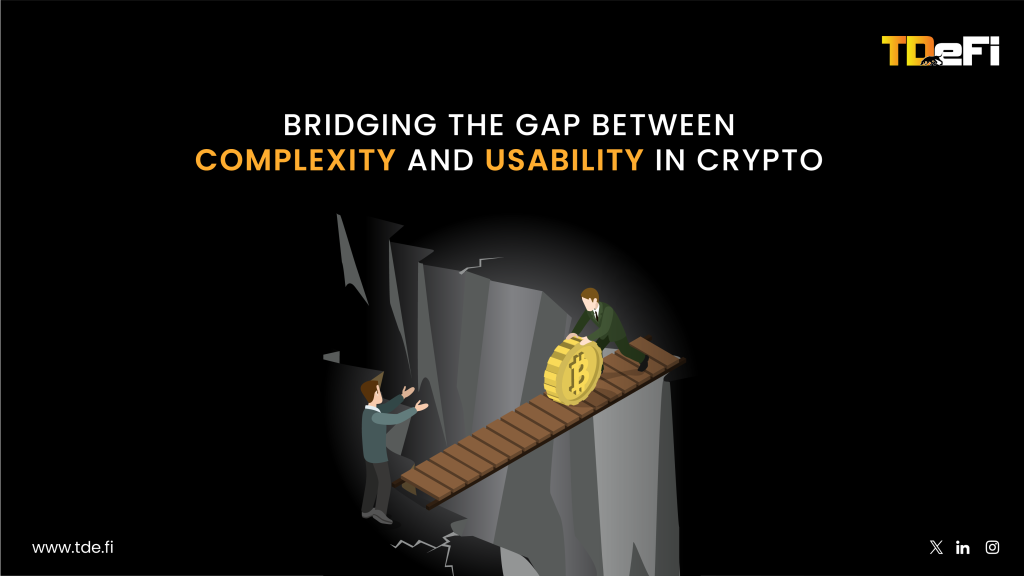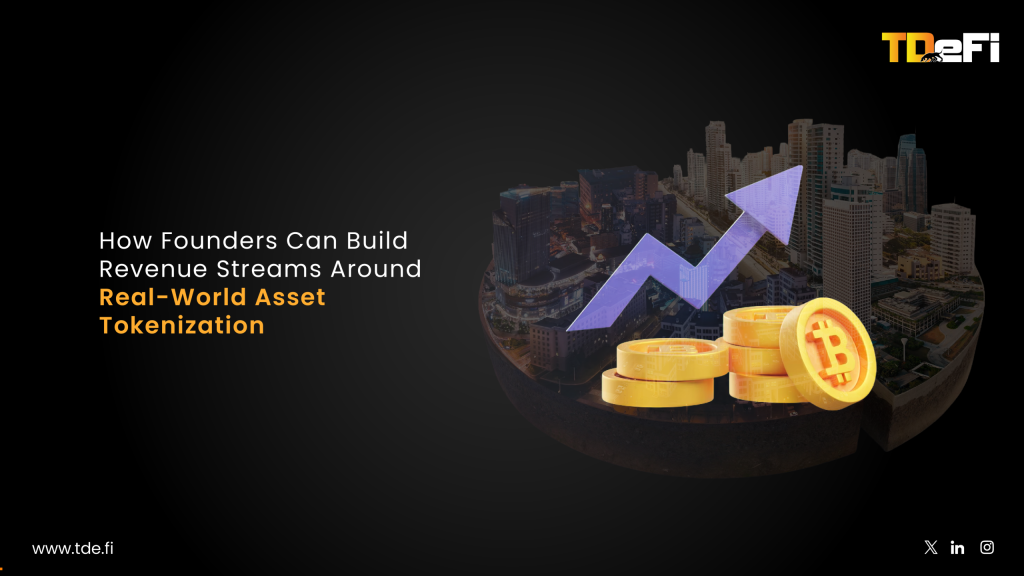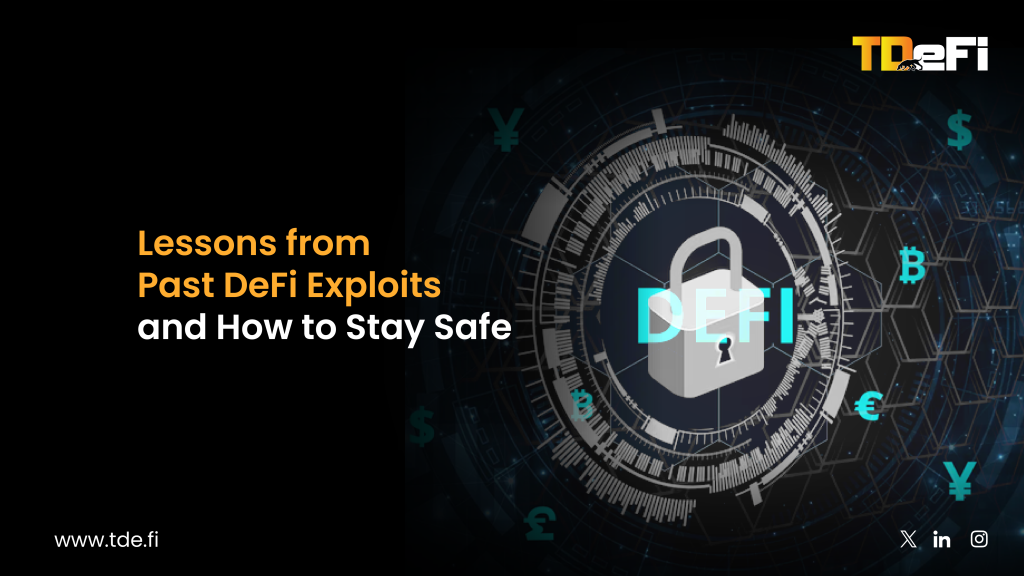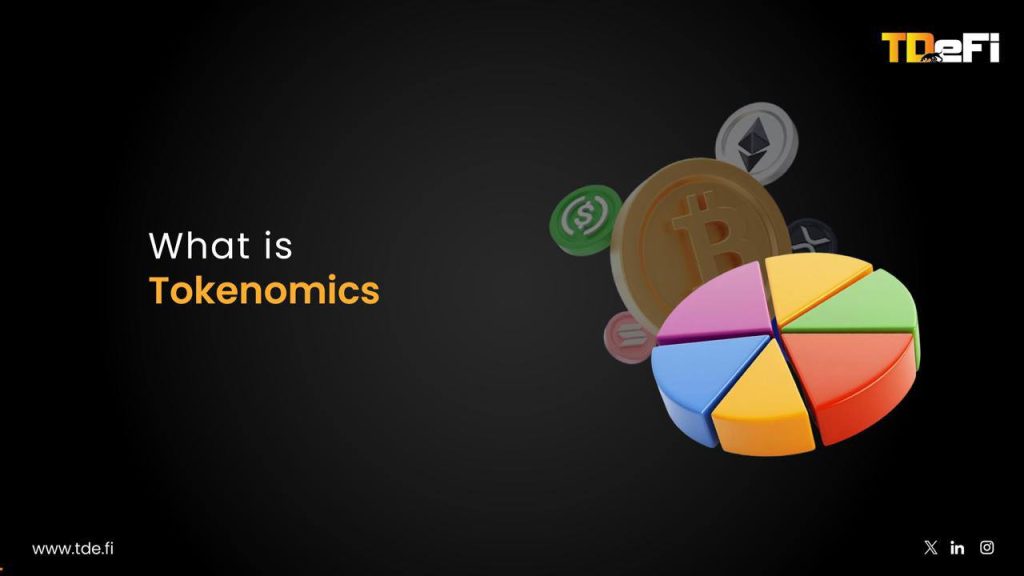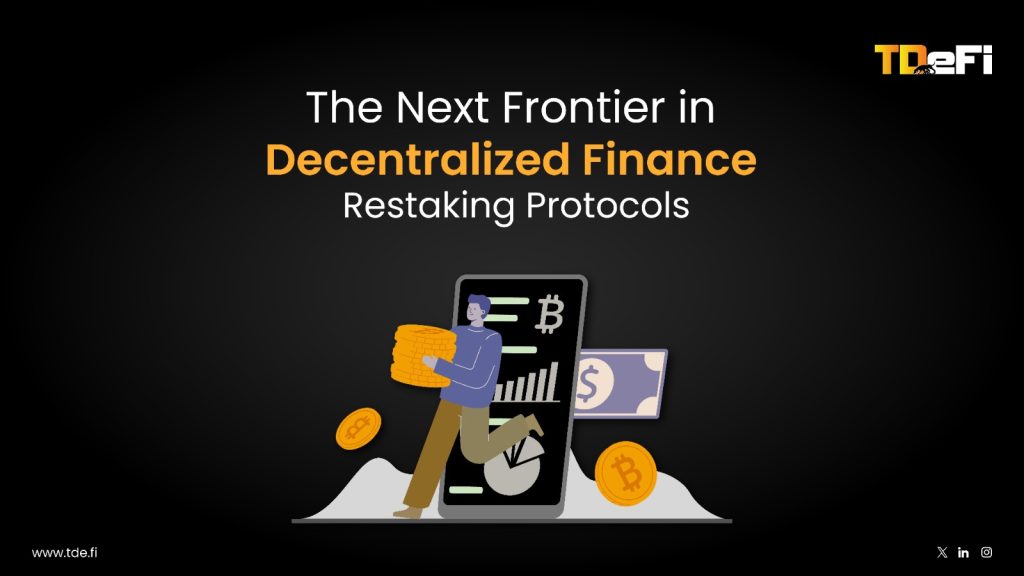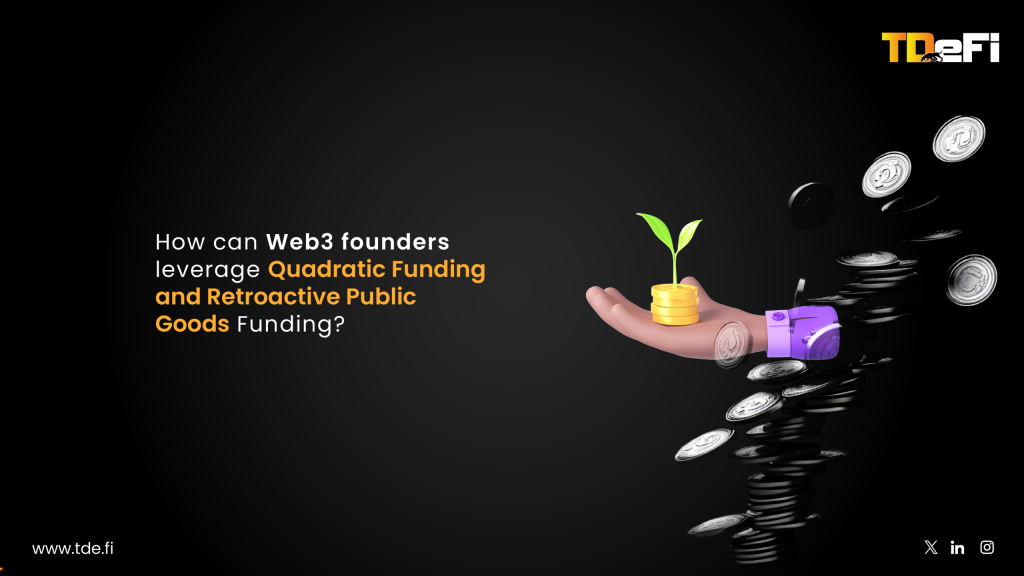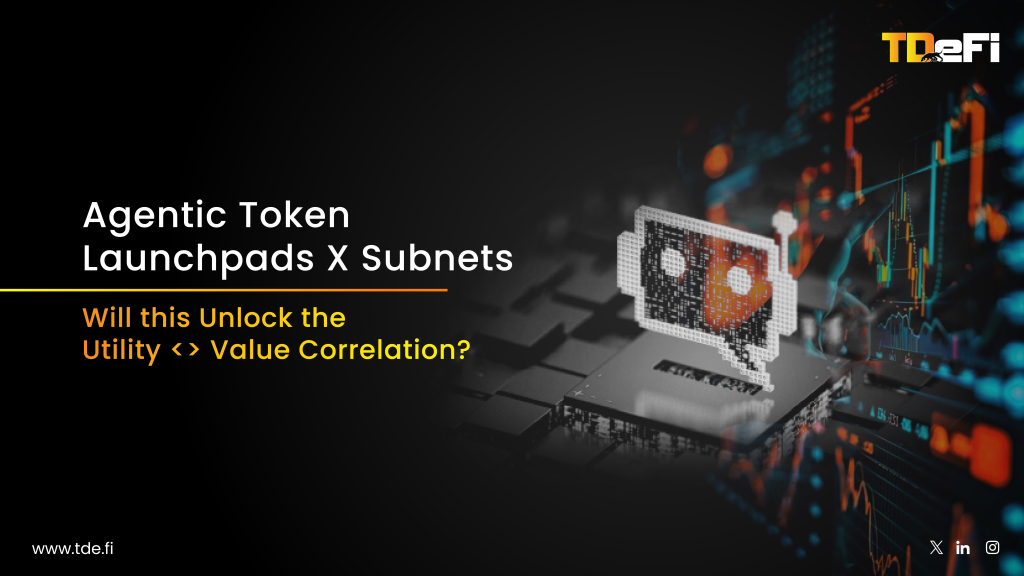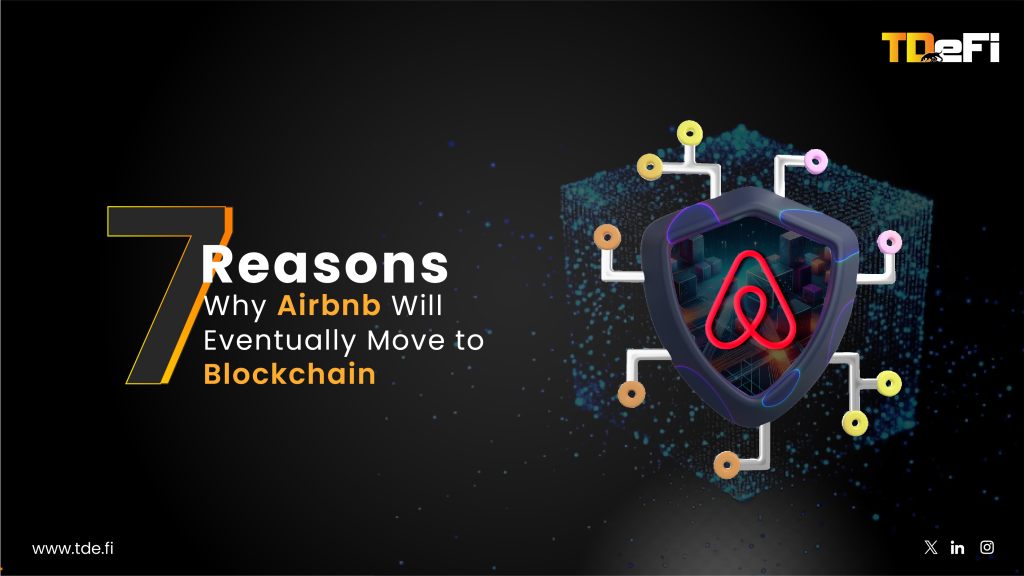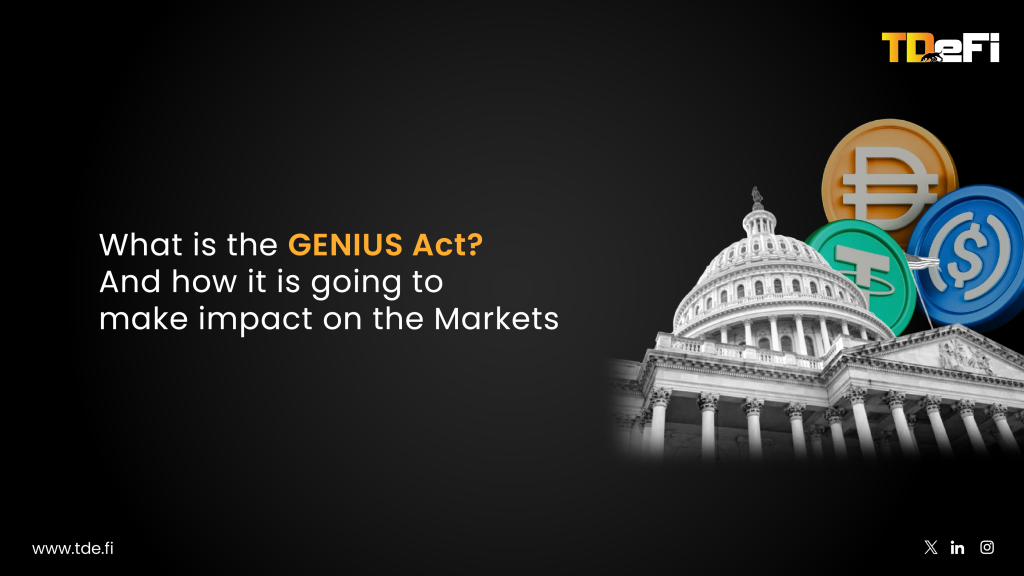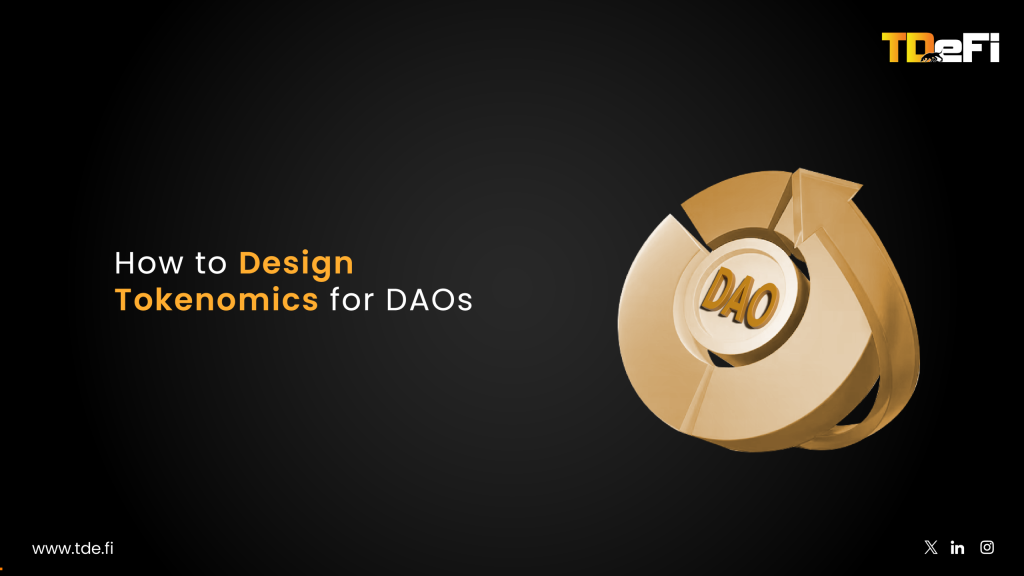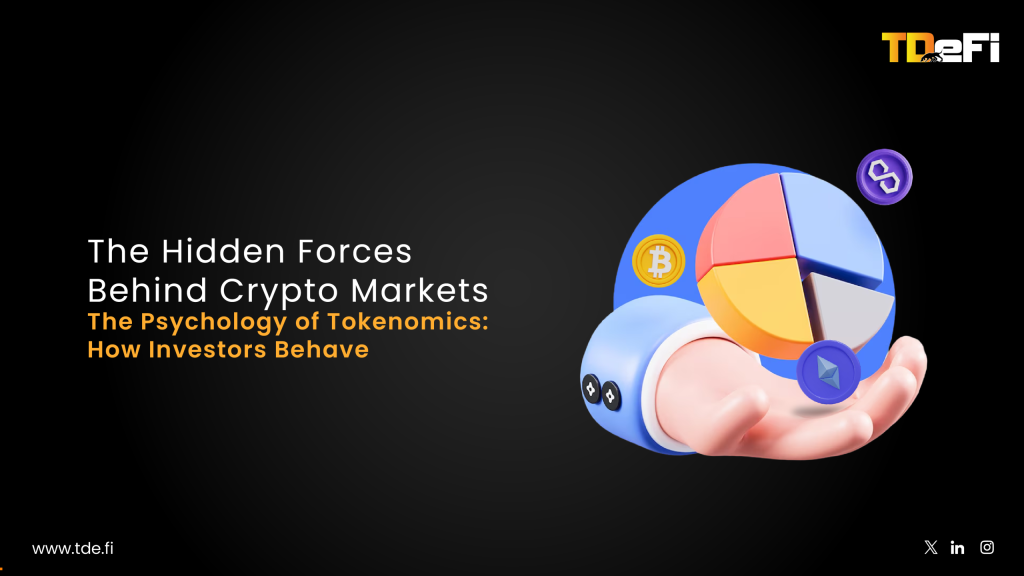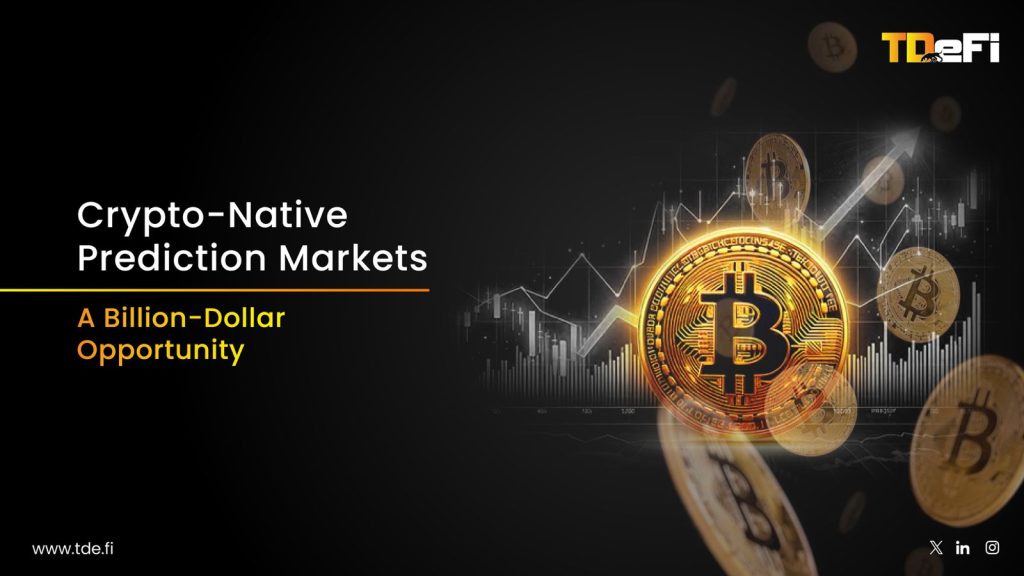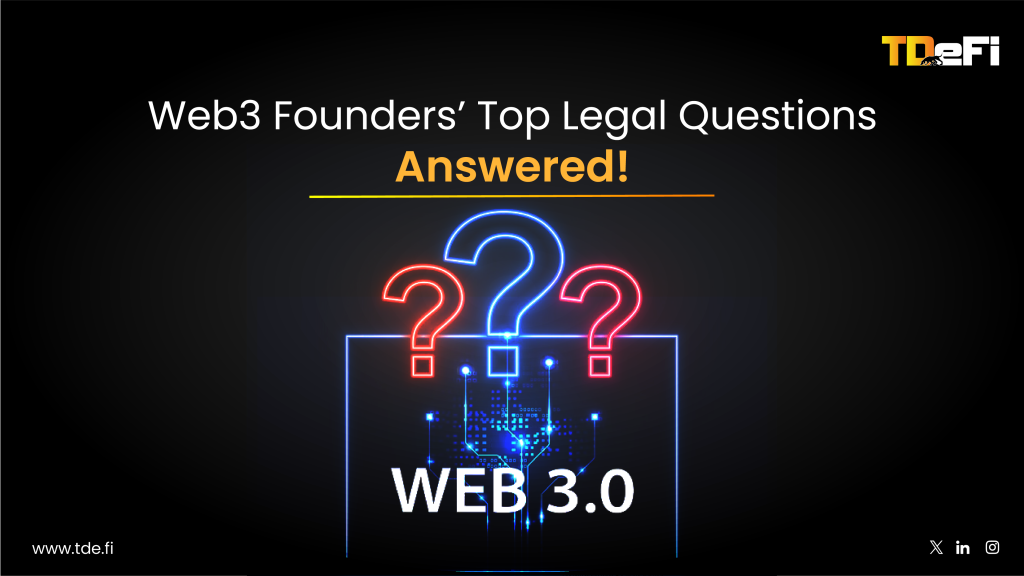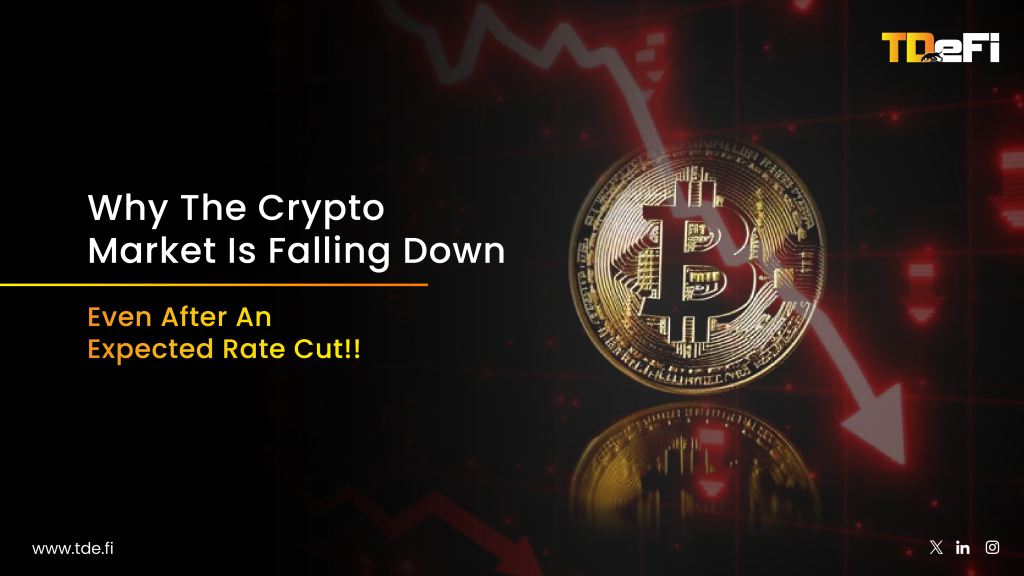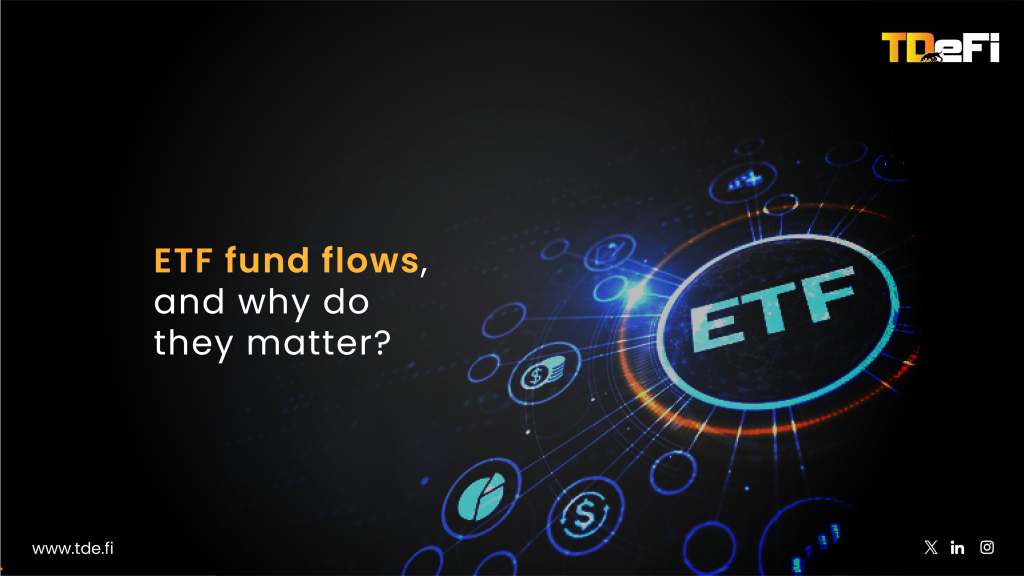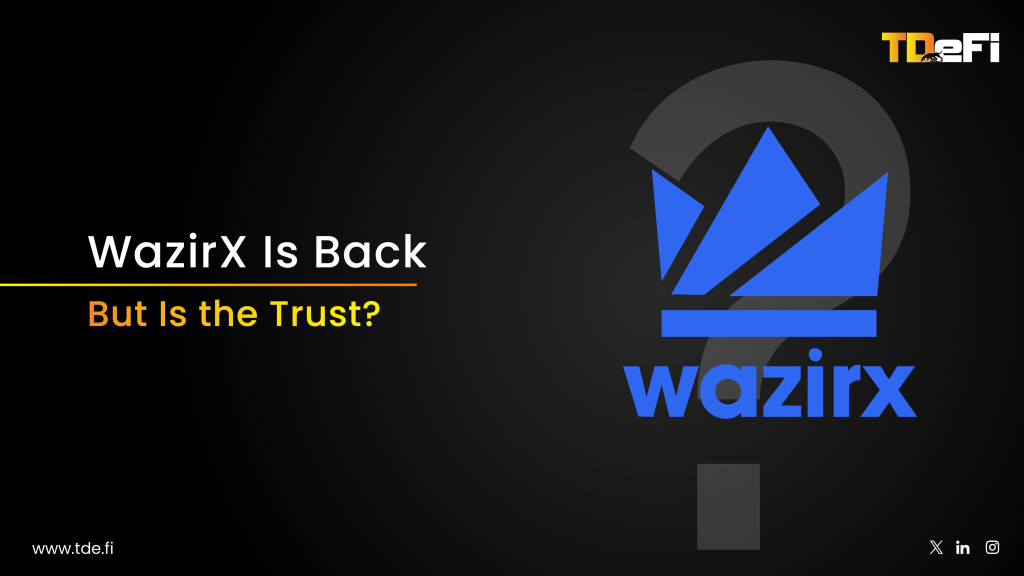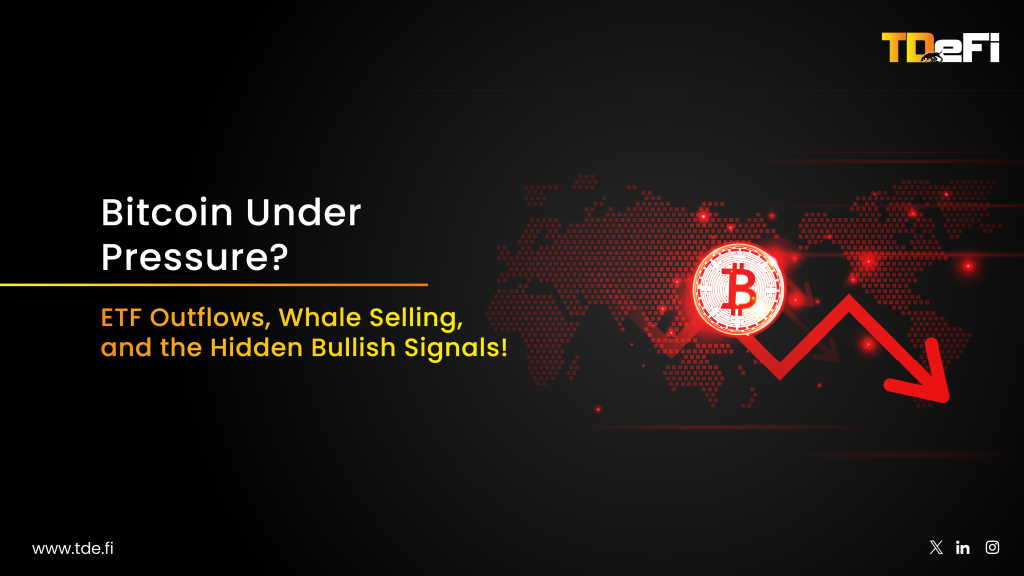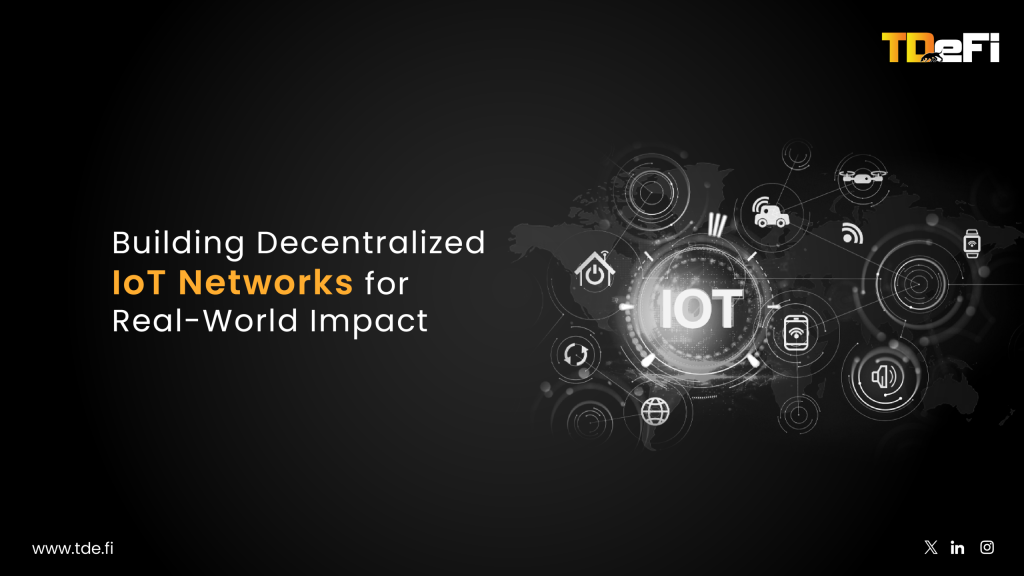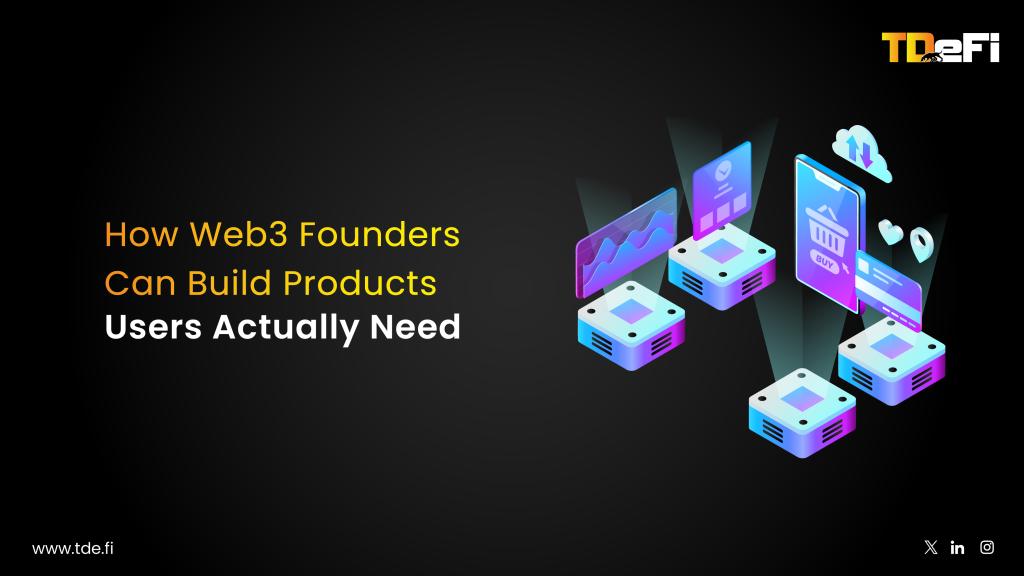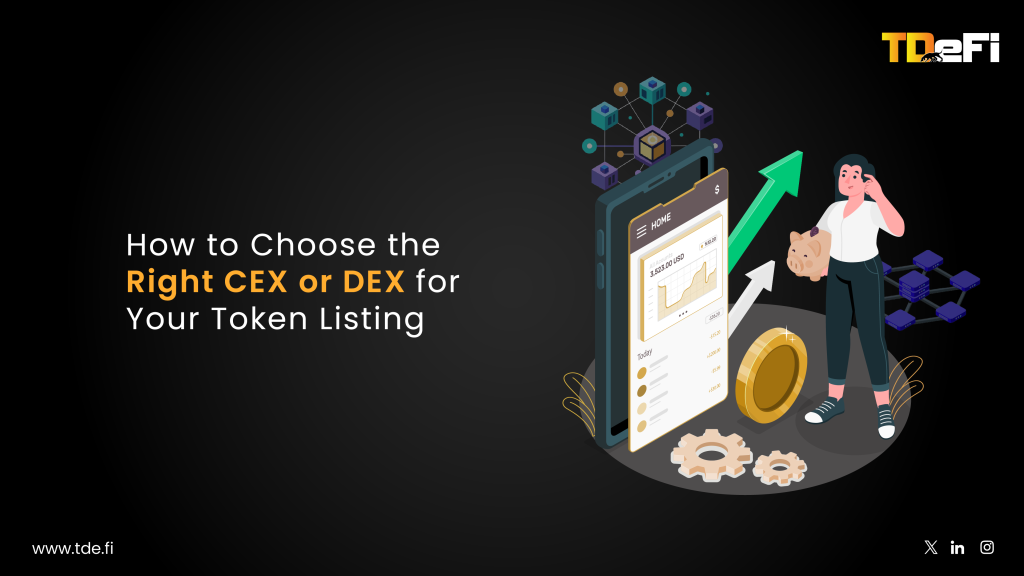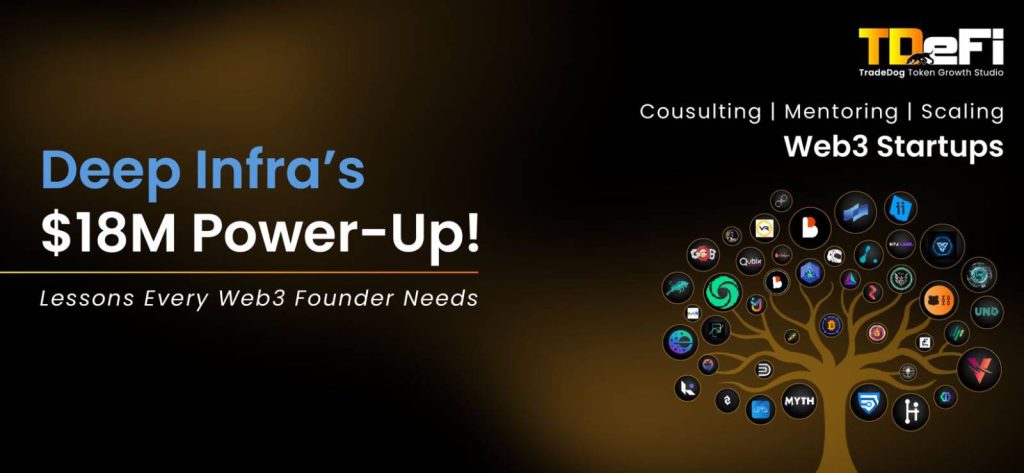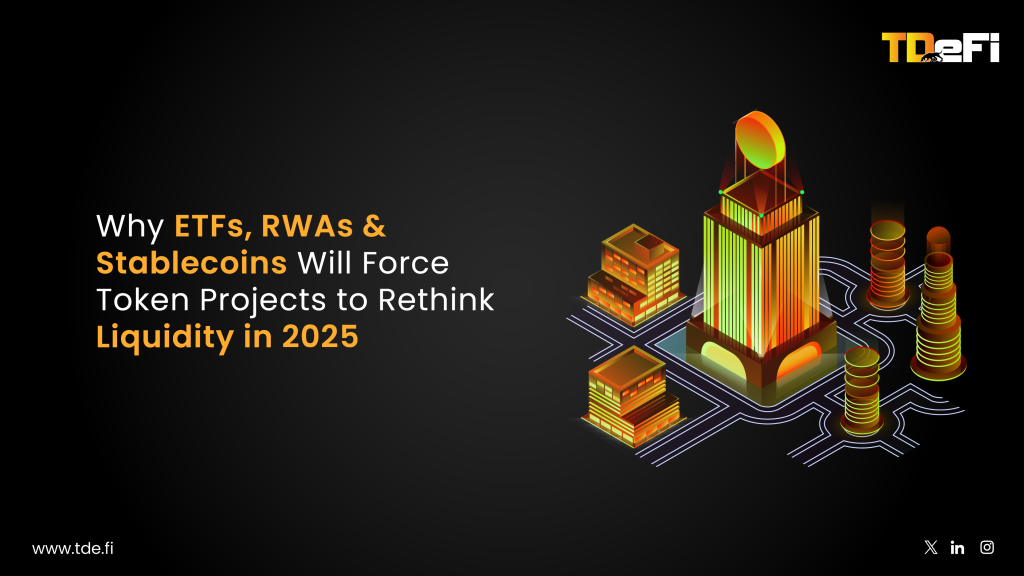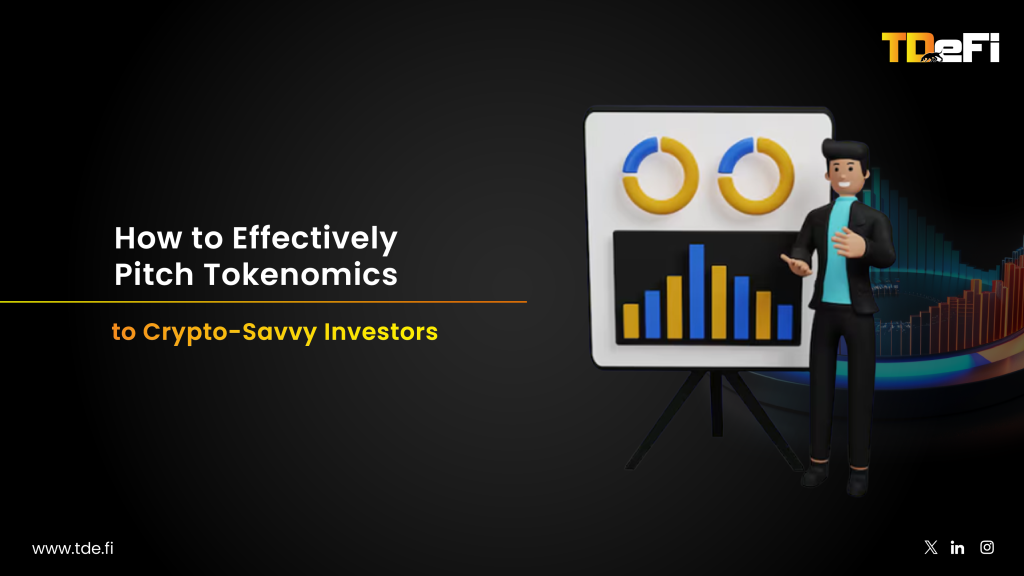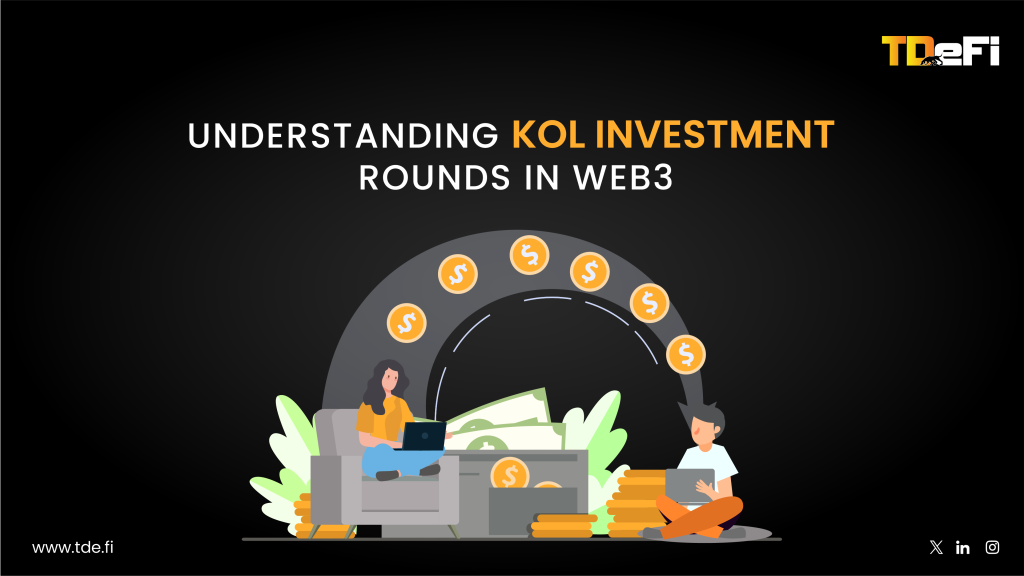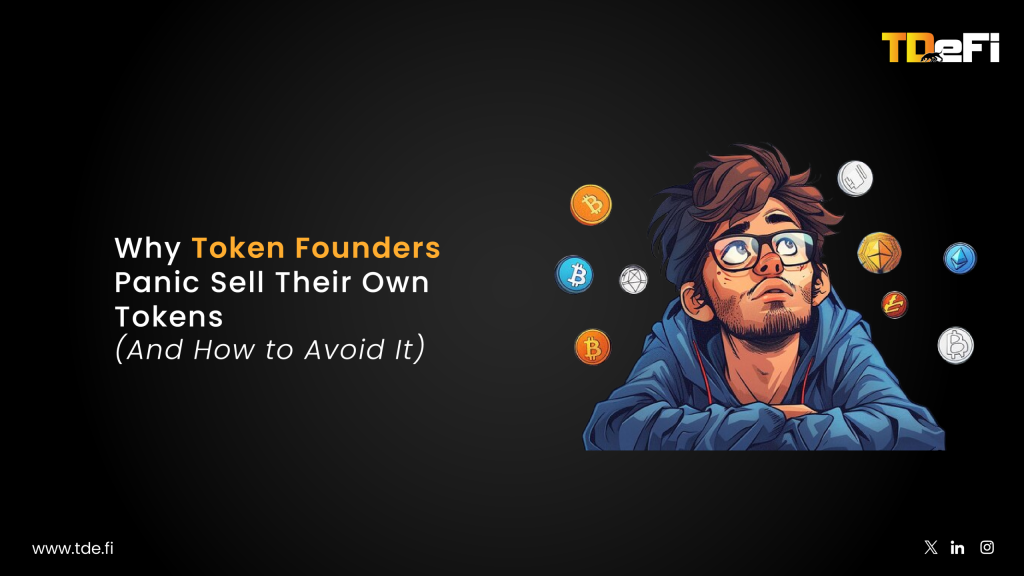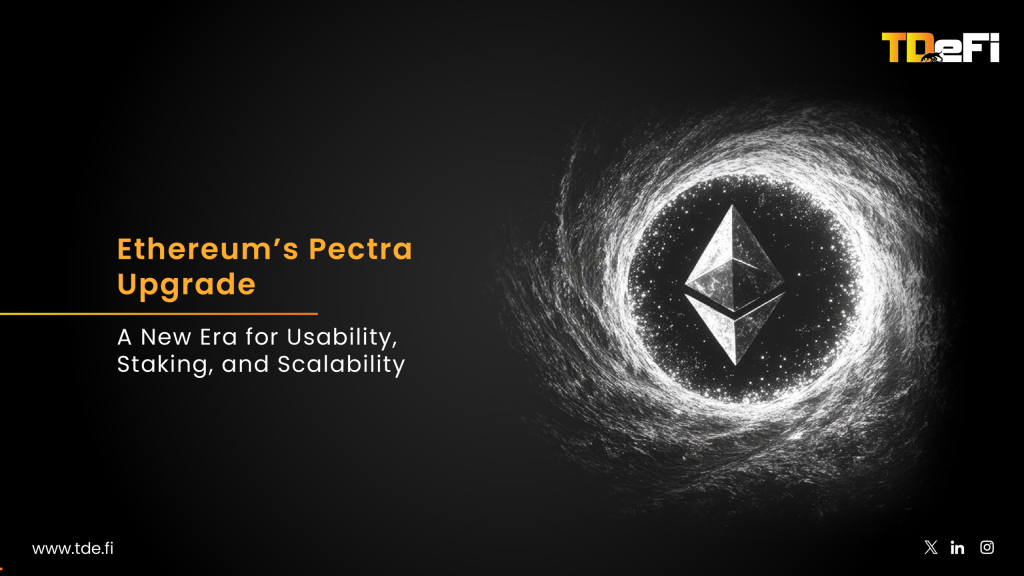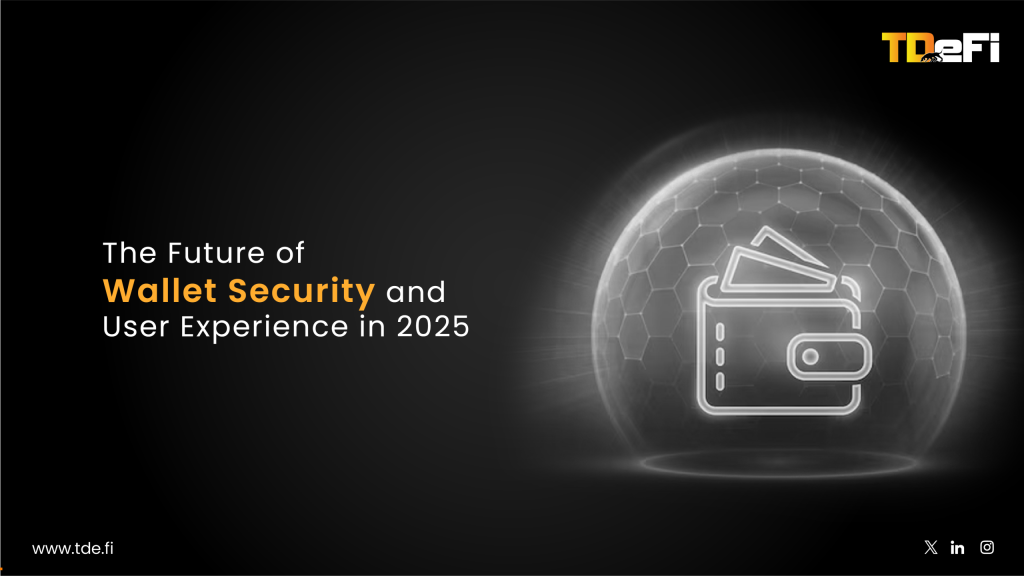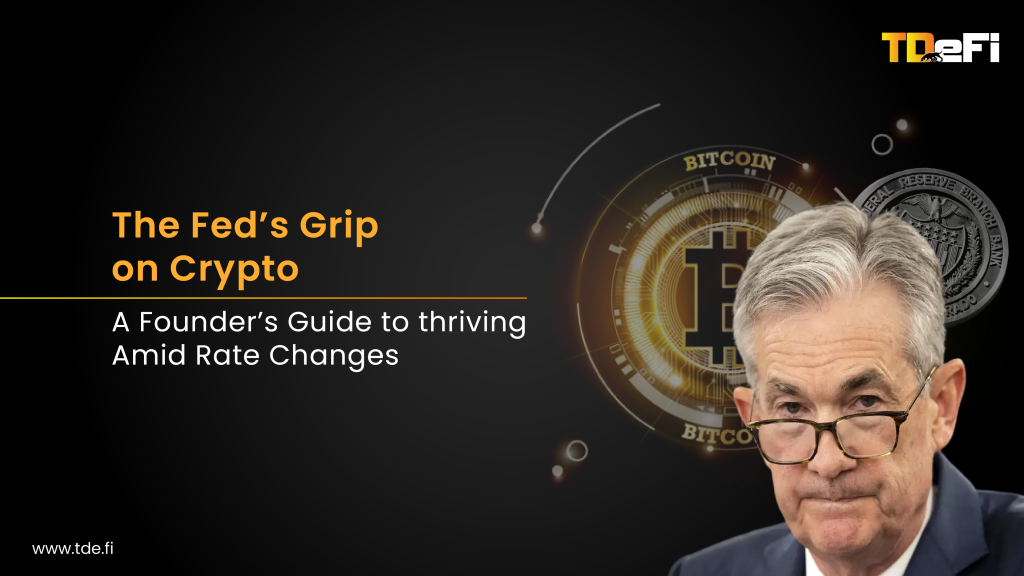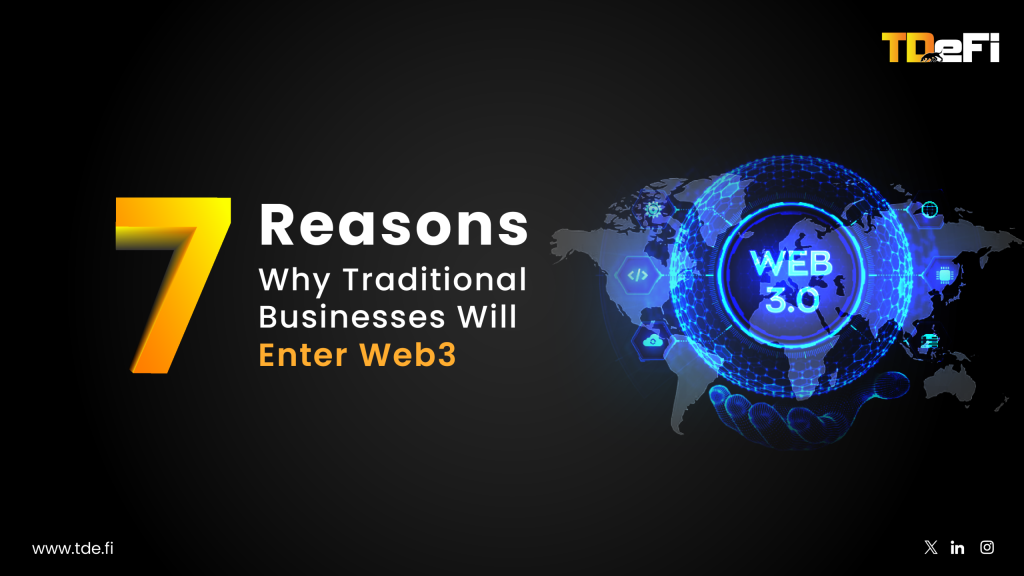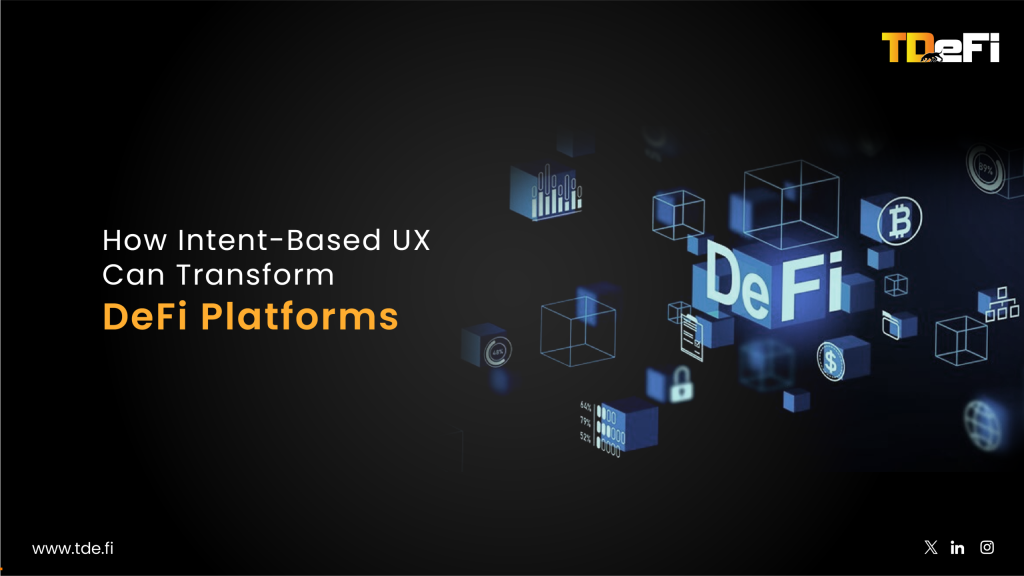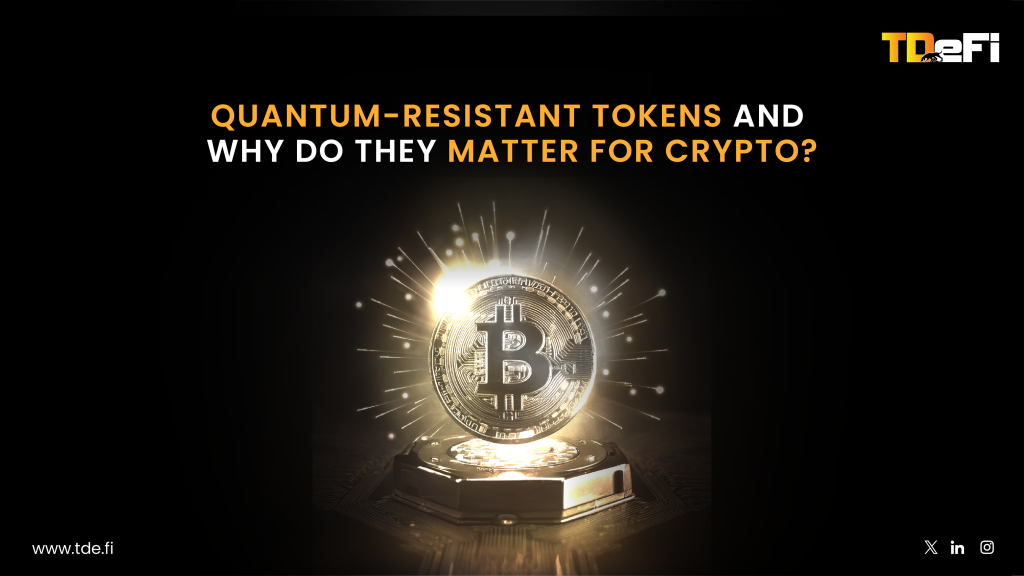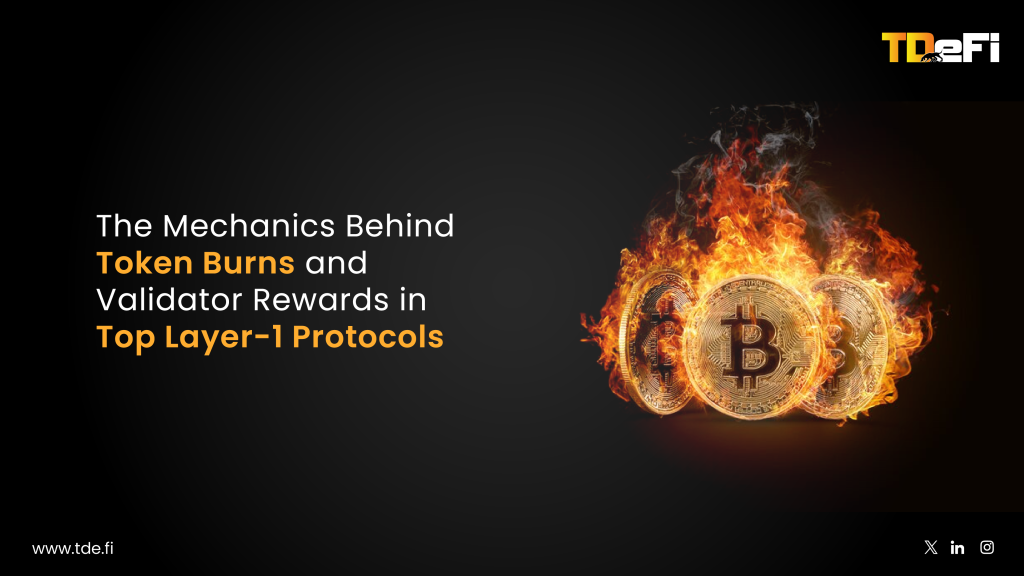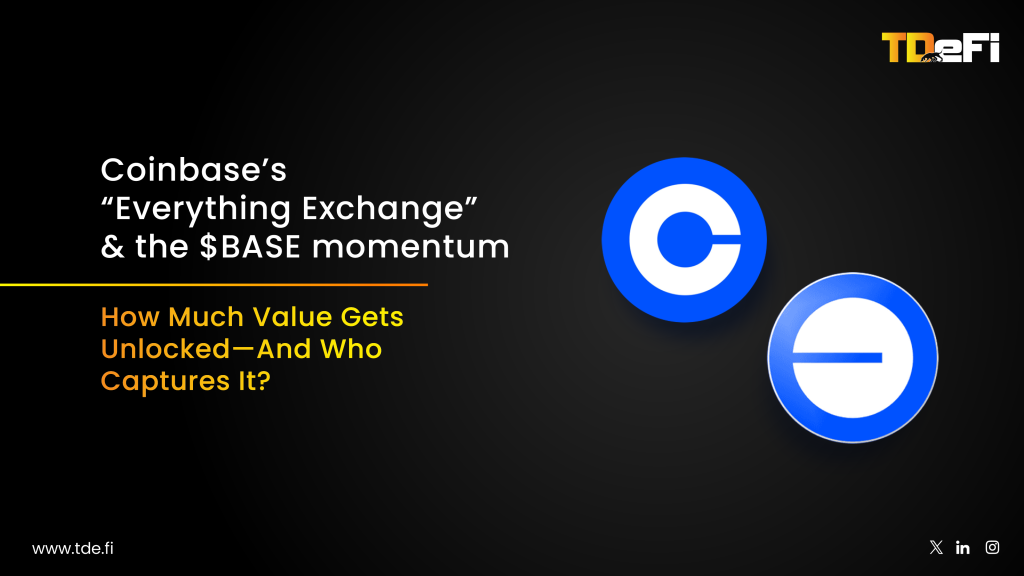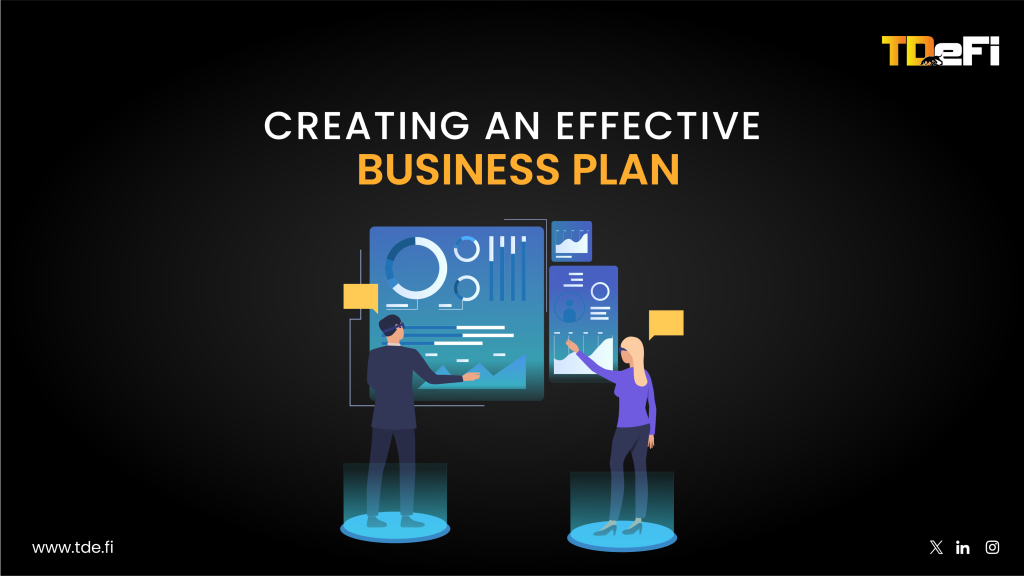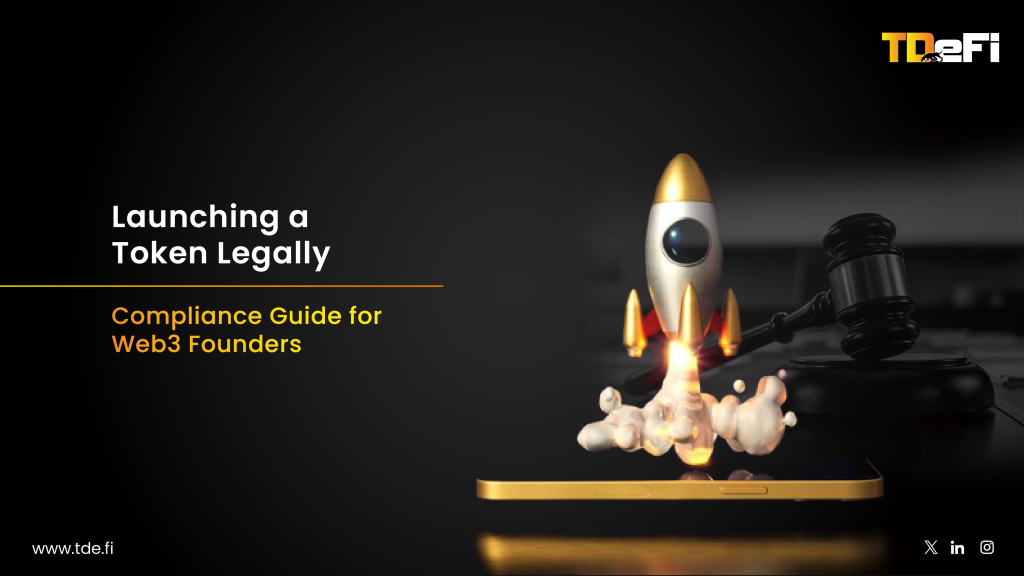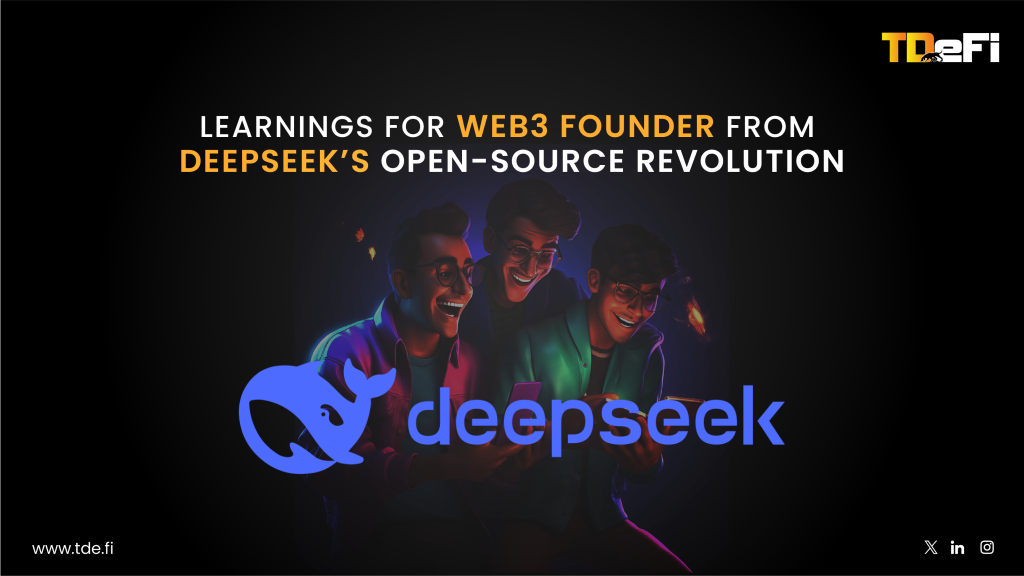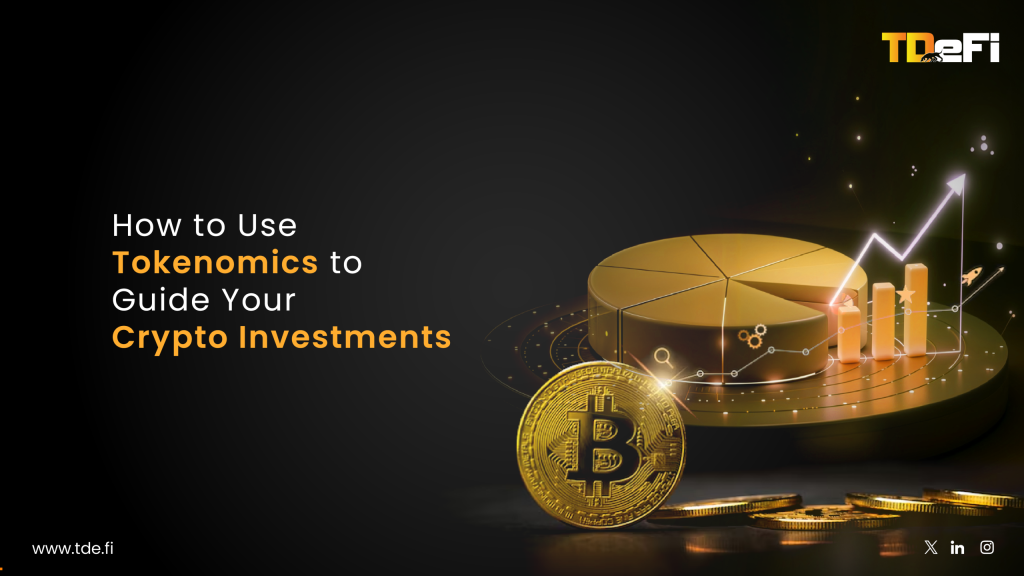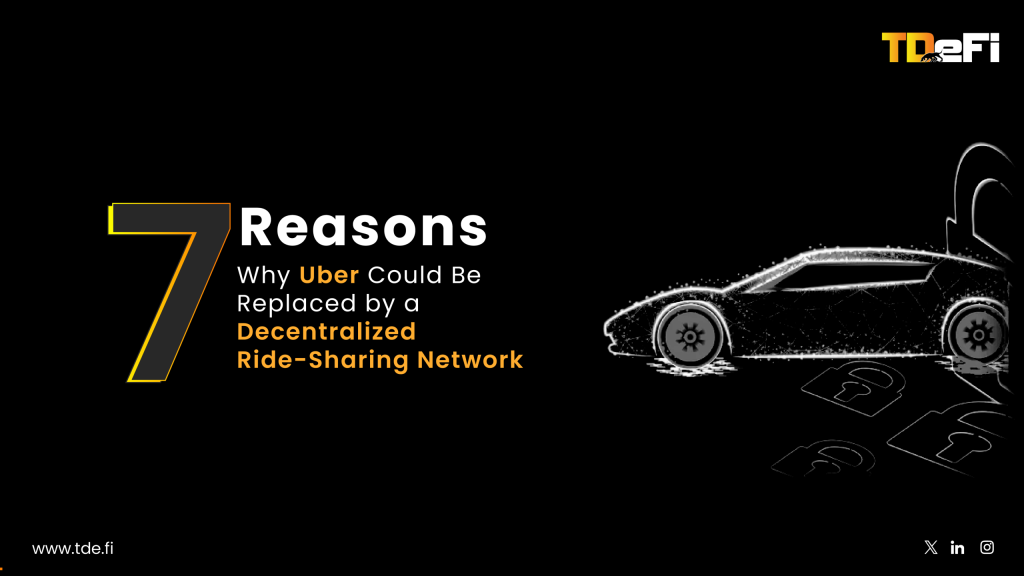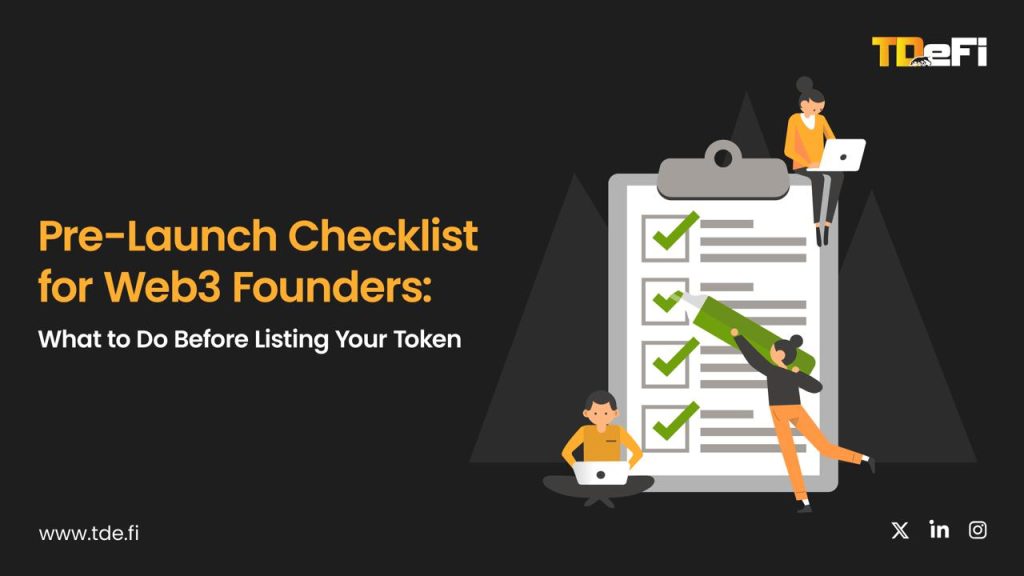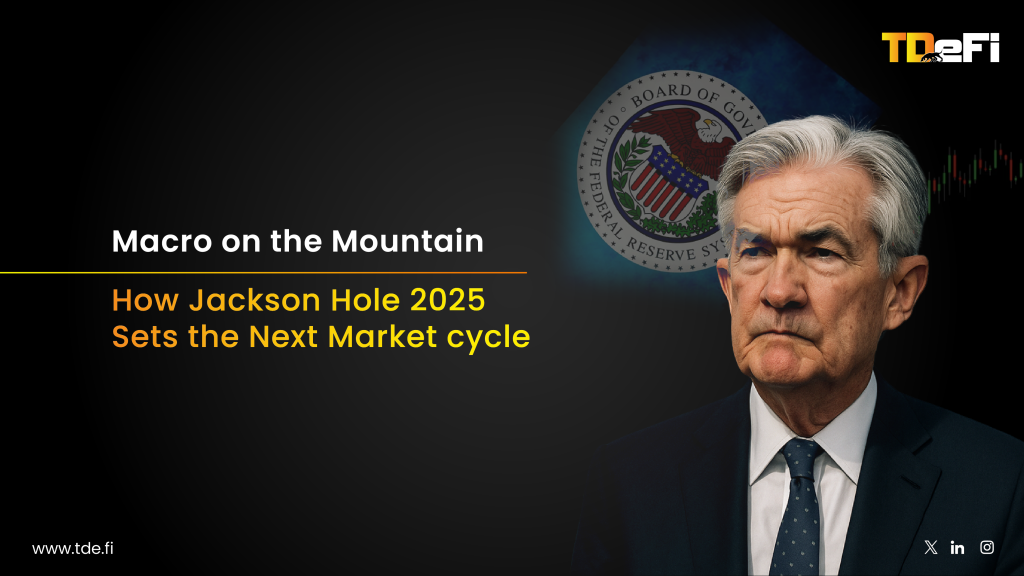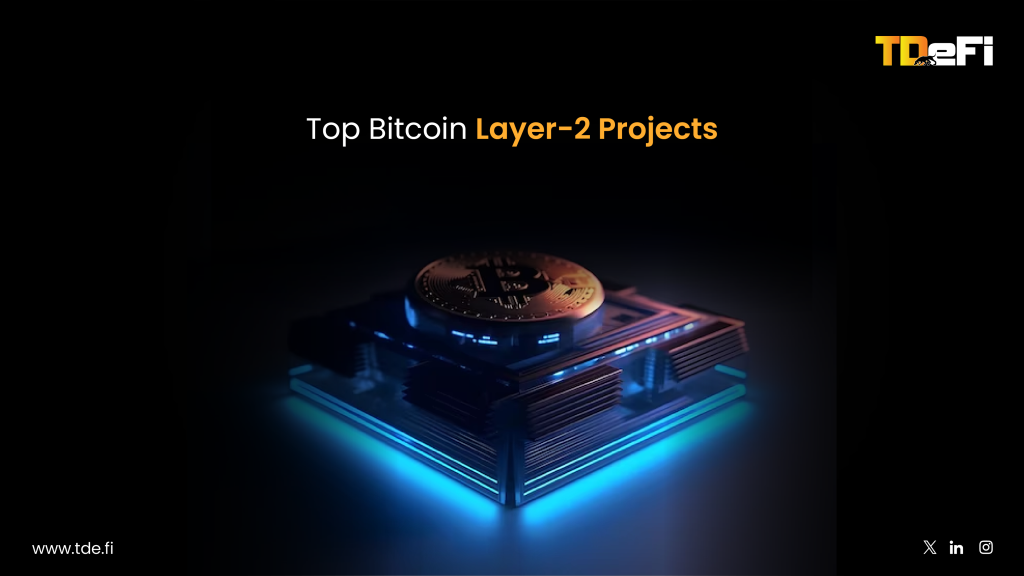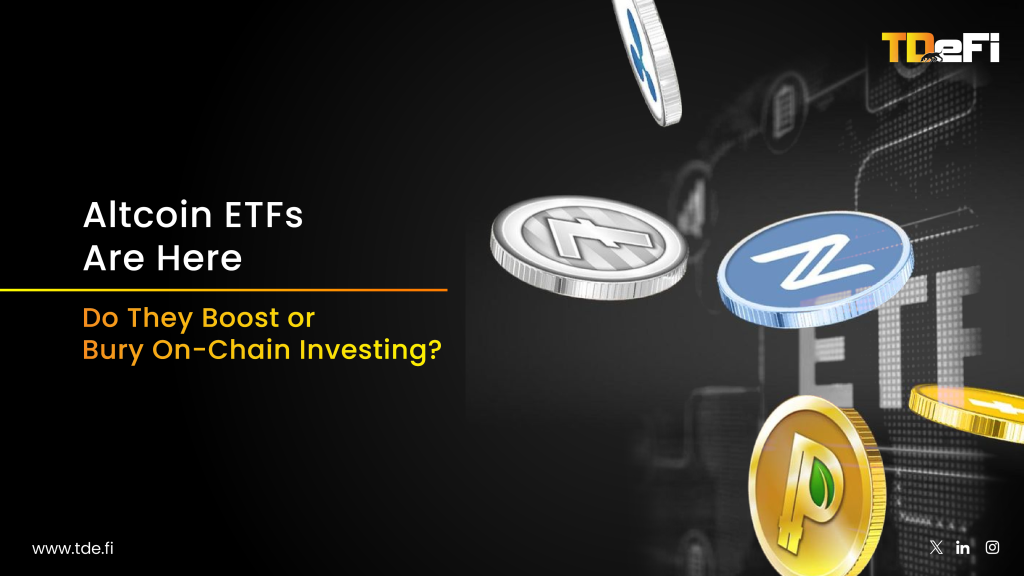If you’re treating your token launch as a checklist item, a box to tick before the real work begin, you’ve already lost. A token launch isn’t the end of a build cycle; it’s the ignition switch for a self-sustaining liquidity engine. This engine fuels your ecosystem, attracts contributors, aligns stakeholders, and if done right, compounds value.
But like any engine, it can backfire.
Liquidity isn’t just about volume on an exchange. It’s about behavioral liquidity: the speed at which your users become holders, your contributors become stakeholders, and your incentives become sticky. That means token design must be deeply interwoven with your product loops, community motion, and GTM narrative, not layered on top.
Founders who obsess over vesting cliffs but ignore demand-side flywheels end up launching into a void. The result? A token that trades, but doesn’t move.
Why Macro Timing Can Make or Break Your Token Launch
Even the best token mechanics can’t outpace macro headwinds. Your launch doesn’t exist in a vacuum, it competes for attention, liquidity, and risk appetite. In 2025, those variables orbit one thing: the Fed.
History shows the pattern: when rate hikes pause or cuts are anticipated, BTC and broader risk assets rally before the Fed makes a move. In Q1 2023, BTC surged 30% before the pause. In March 2020, investors front-ran the COVID pivot.
Founders who wait for the official cut are already late. Launching into tightening liquidity is like throwing a party during a hurricane: nobody shows up, and the damage is expensive.
If the macro is even hinting at a dovish shift, that’s your opening. Structure your raise, design your emissions, and prepare your GTM to seize the window, because sentiment, not certainty, is what drives token demand.
Community ≠ Hype: Build Belief Before You Sell Supply
Most founders build community for vanity, not velocity. They chase big Discord numbers, meme engagement, or Twitter followers. But a loud crowd doesn’t equal a loyal base.
Tokens convert belief into ownership. But belief has to be built first.
Strong pre-launch communities are aligned around shared incentives, not just incentives. They contribute content, stress-test your beta, challenge your assumptions. They’re not waiting for an airdrop, they’re preparing for stewardship.
What moves them through? Clarity of purpose, transparency in roadmap, and skin in the game. The best founders start token comms months before launch, with education, simulations, and governance previews. That way, when the token drops, it’s not an introduction, it’s an invitation.
Tokenomics: If Users Don’t Hold, You’re Just Emitting Exit Liquidity
Airdrops are not a strategy. They’re just distribution.
The question is: what happens after your token hits wallets? If your holders dump within weeks, it’s not because they don’t believe in the project. It’s because your token gave them no reason to stay.
Token design is a capital allocation exercise. It must balance:
- Supply cadence: Are emissions creating value or bleeding it?
- Demand drivers: What compels someone to buy and hold?
- Sink mechanics: Where does value accrue back to the ecosystem?
Common failure? Over-indexing on early emissions with no usage sinks. You get volume, but no velocity.
Great token models reward behaviors that strengthen the ecosystem: staking, participation, contribution. They also use vesting and unlocks not as defense mechanisms, but as strategic levers to pace growth.
Ask yourself: if I launched tomorrow, could I name five reasons a user would want to hold my token?
If not, go back to the design board.
Pick Your Battleground: Choosing the Right Launch Format
Launch format is your first narrative. Choose wrong, and you send the wrong signal.
- IDO: Fast, democratic, and messy. Great for virality, risky for price discovery.
- IEO: Curated, centralized, higher trust barrier. Best if you need distribution partners.
- LBP (Liquidity Bootstrapping Pool): Ideal for projects prioritizing price discovery and reducing whale games.
- Fair Launch: Strongest for alignment, hardest to coordinate.
Don’t pick based on what’s trending. Pick based on your GTM. Who’s your buyer? What signal do you want to send? How much capital do you need vs. how much belief are you trying to generate?
Your format is the frame around your entire launch story. Make sure it matches the plot.
From Launch to Liftoff: What Most Founders Forget After TGE
Post-TGE is not maintenance mode: it’s acceleration.
This is where most token projects stumble. They exhaust their energy on the drop, then coast. But TGE is just the start of a new lifecycle:
- Market-making matters: Without structured liquidity support, even great tokens stagnate.
- Exchange coordination: Listings take months. Don’t assume interest, create it.
- Post-launch narrative: Your first 90 days shape perception. Announce partnerships, publish treasury updates, showcase adoption metrics.
Founders often under-budget for post-launch ops. Big mistake.
You need:
- Enough dry powder to support liquidity
- Incentives aligned with long-term users, not short-term speculators
- A roadmap that keeps the story alive, not just the price
In short, TGE is the trust handshake. What comes next is the delivery.
Launch for Liquidity, Build for Longevity
A successful token launch isn’t about attention, it’s about alignment.
When macro timing, token mechanics, community belief, and GTM execution all converge, you don’t just launch a token, you ignite an economic engine.
But that engine must be maintained, fed, and upgraded. So launch not for hype, but for velocity. Not for noise, but for narrative.
Because in Web3, your token isn’t just a product. It’s a promise.
Planning your token launch? Let’s make it a success. Drop us a line at [email protected], we’re here to help you get it right.




